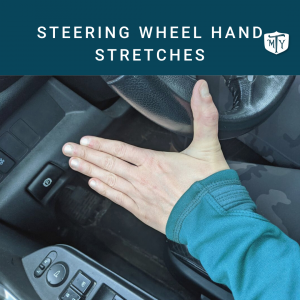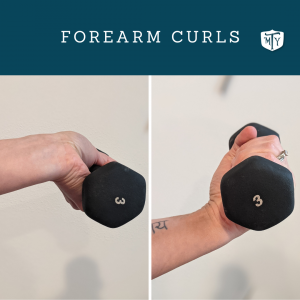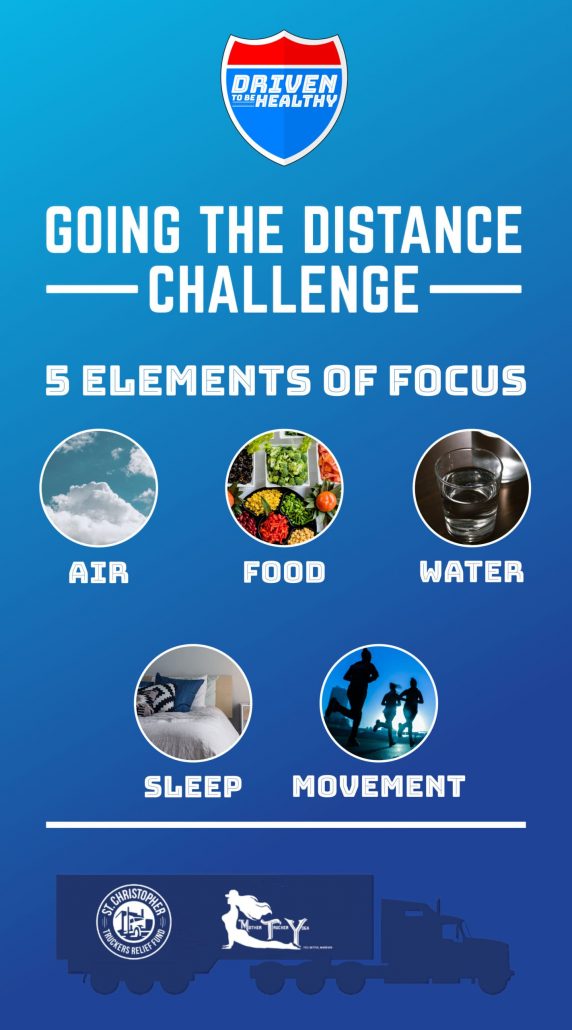How to Avoid Injury When Working Out: Safety Tips
It’s no secret that working out can be great for your health. But if you’re not careful, you can easily injure yourself. This blog post will discuss some safety tips to help you avoid injury when working out. Whether you’re a beginner or an experienced athlete, these tips will help keep you safe and healthy.
Via Pexels
Warm Up and Cool Down
One of the most important things you can do to avoid injury is to warm up and cool down properly. A good warm-up will increase your heart rate and body temperature, which will help prepare your muscles for activity. A cool-down, on the other hand, will help your body recover from the workout and prevent excessive soreness.
Stretch
Stretching is another important way to reduce your risk of injury. Before working out, take a few minutes to stretch all of the major muscle groups that you’ll be using. This will help improve your range of motion and flexibility, reducing your risk of injury.
Choose the Right Exercise
Not all exercises are suitable for everyone. Choosing an activity appropriate for your fitness level and health condition is essential. If you have any injuries or medical conditions, be sure to consult with your doctor before starting a new workout routine.
Use Good Form
Using good form is essential for preventing injury. When lifting weights, for example, be sure to use a controlled motion and avoid jerking the weights. If you’re unsure how to do an exercise correctly, ask a certified personal trainer from a reputable organization for help. You can click here for different fitness certifications available.
Know The Difference Between Good and Bad Pain
There’s a difference between the excellent pain of a challenging workout and the bad pain of an injury. It’s essential to be able to distinguish between the two. Good pain is usually muscle soreness after a day or two. This is called delayed onset muscle soreness, and it’s nothing to worry about. Bad pain, however, is sharp or persistent pain that doesn’t go away. This could be a sign of an injury. If you’re ever in doubt, it’s always best to consult with a medical professional.
Listen to Your Body
It’s essential to listen to your body and pay attention to any pain or discomfort you may feel. If something doesn’t feel right, stop doing the exercise and consult with a medical professional. It’s better to be safe than sorry.
Rest and Recovery
After a workout, you must rest your body so your muscles can recover. Avoid working out too often or intensely, as this can lead to overtraining and injury. Make sure to get plenty of sleep and eat a healthy diet to support your recovery.
Nutrition
Eating a healthy diet is vital for overall health, but it’s also crucial for preventing injury. Eating plenty of fruits, vegetables, and whole grains will help improve your joint and bone health. Getting enough protein is also essential, as it helps repair muscle tissue.
Following these safety tips will help you avoid injury when working out. Remember to warm up and cool down properly, choose the proper exercise, use good form, and listen to your body. And don’t forget to rest and recover after your workout. By following these tips, you’ll be able to stay safe and healthy while achieving your fitness goals.
















